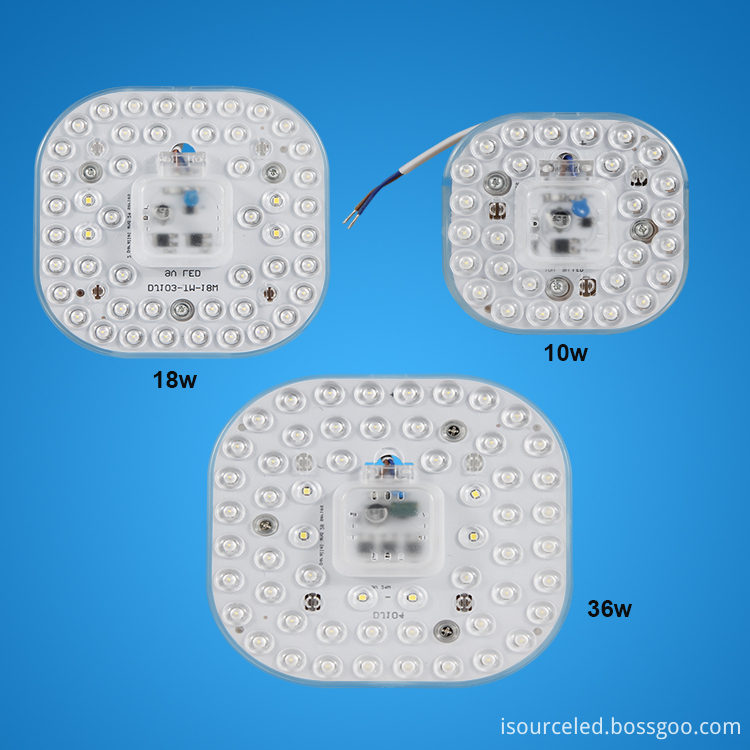The ARG3 series is based on the latest multi-core, multi-service concurrent processing enterprise router. Huawei promises to provide an unprecedented quality experience for all types of enterprise users.
On May 5, Huawei held its first new product launch conference after independent operation of its business in Beijing, and officially launched its AR series of third-generation access routers in China.
Huawei AR series access routers, together with its NE series core routers and service routers, form Huawei's complete end-to-end router product line. The IP product lines, which are mainly based on routers and switches, accounted for half of Huawei's total business revenue of US $ 2 billion last year.
End access contains business opportunities
According to He Dabing, President of Huawei's Enterprise Business MarkeTIng Department, compared with the previous two generations of AR series products, the ARG3 series access routers released this time have been optimized and innovated for the branch network of large institutions and the comprehensive access requirements of SMEs.
First, considering the need to reduce deployment and operating costs, the ARG3 series routers support "AllInOne" multi-service integration processing, while supporting routing, switching, voice, firewall and other functions.
Liu Shaowei, President of Huawei Enterprise Business IP Product Line, said that for large enterprises, multiple sets of systems with different functions are often deployed at the headquarters, while for branches, the cost and investment of deploying multiple sets of system maintenance will be relatively large. In terms of business integration, there is a lot of demand from enterprises. Routing, switching, and firewalls are functions that all organizations or enterprises need to consider when accessing routers. Therefore, ARG3 series products also integrate firewall functions.
Secondly, for the flexible deployment of access routers, ARG3 series routers provide 3G and WiFi access functions, and reserve LTE support capabilities. In addition, ARG3 series routers provide OSP open business platforms to meet the needs of various industry customers in SMEs. Enterprises and their partners can develop and customize new software applications and features as needed.
Huawei released eight ARG3 series access routers including AR1200, AR2200, AR3200, etc. this time. Taking into account different user needs, 8 products also provide differentiated optional capabilities. For example, there are two low-end products, one that supports voice and one that does not support voice.
The open API provided by OSP enables customers and system integrators or channel providers in vertical industries to customize their development based on the open software version for the individual needs of the industry. And this openness also allows Huawei to invest its energy and resources in optimizing hardware and software platforms. "Through opening up, we can surpass Huawei's own strength, and the professionalism is stronger." Liu Shaowei said.
Performance expansion focuses on reliability
In order to achieve the above functions, the ARG3 series routers have been expanded in hardware capabilities and software capabilities:
First, it uses a multi-core CPU that can support 12 sets of business concurrency. Secondly, the 160G switching network architecture is used to support high-density Gigabit to desktop access. This is mainly due to the fact that with the emergence of high-definition video and surveillance services, the bandwidth required for enterprise internal applications continues to increase.
In addition, the ARG3 column router has more considerations on reliability. ARG3 is the industry's first access router that supports dual master control, making the device reliable from the brain. He Dabing said that at present, IT investment in the corporate market is not only used as an office system, but also as a production platform, such as banks, electricity, etc., so the demand for business reliability is not inferior to, or even exceeds the carrier-grade requirements.
Take the multi-core CPU function provided by ARG3 this time as an example. According to Huawei technical staff, multi-service bearing requirements put forward higher requirements on hardware performance. The use of multi-core CPU is mainly to better meet the needs of high-traffic services and multi-service concurrency, ensuring that it will not be affected by multi-service bearing Equipment performance. However, if the services are simply superimposed, once the services are concurrent, the performance of the device often drops significantly. In addition, multi-core CPUs can continue to maintain product flexibility.

Shenzhen Dianjiang Engineering Co. LTD , https://www.isourceled.com